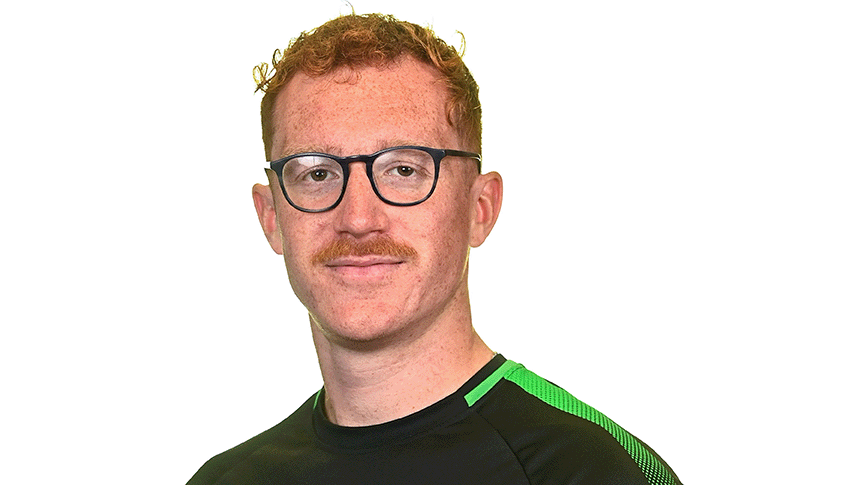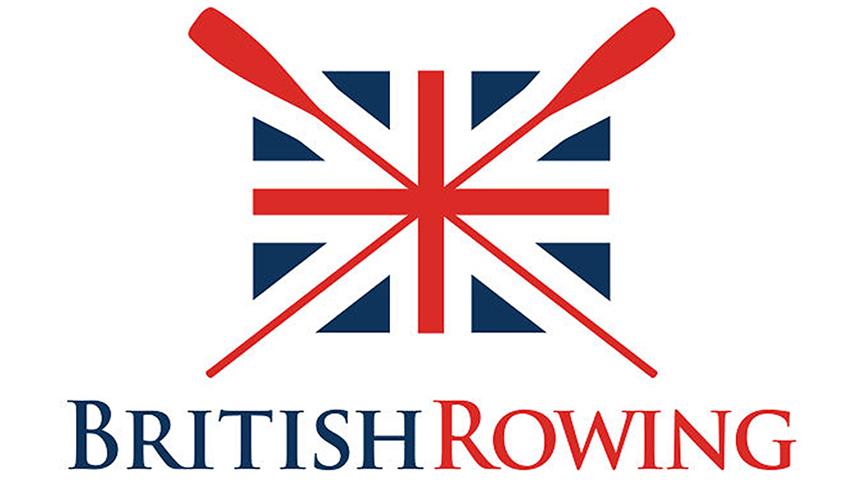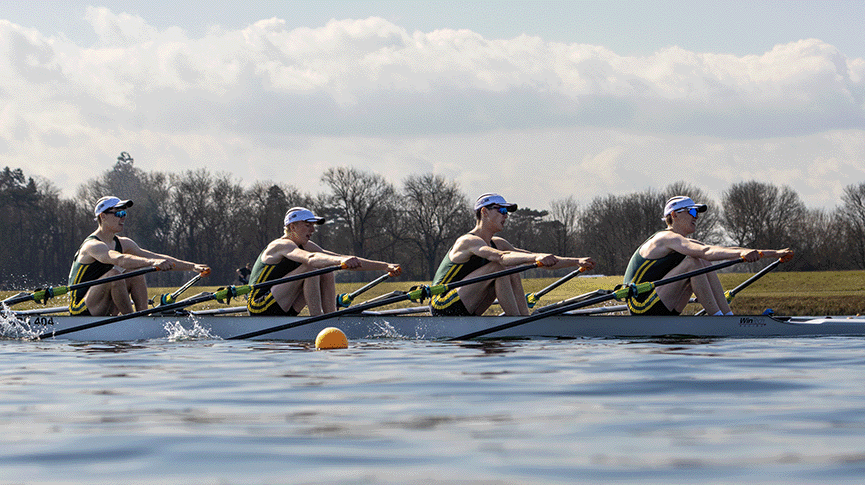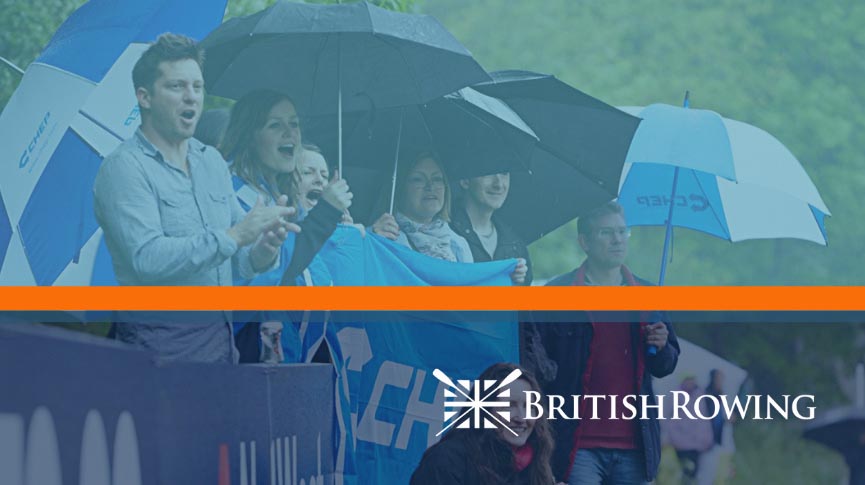Train smarter to improve your performance
While mileage might make champions, is this the best training model for success? Sarah Moseley, British Rowing Sport Scientist (physiology), explores the options
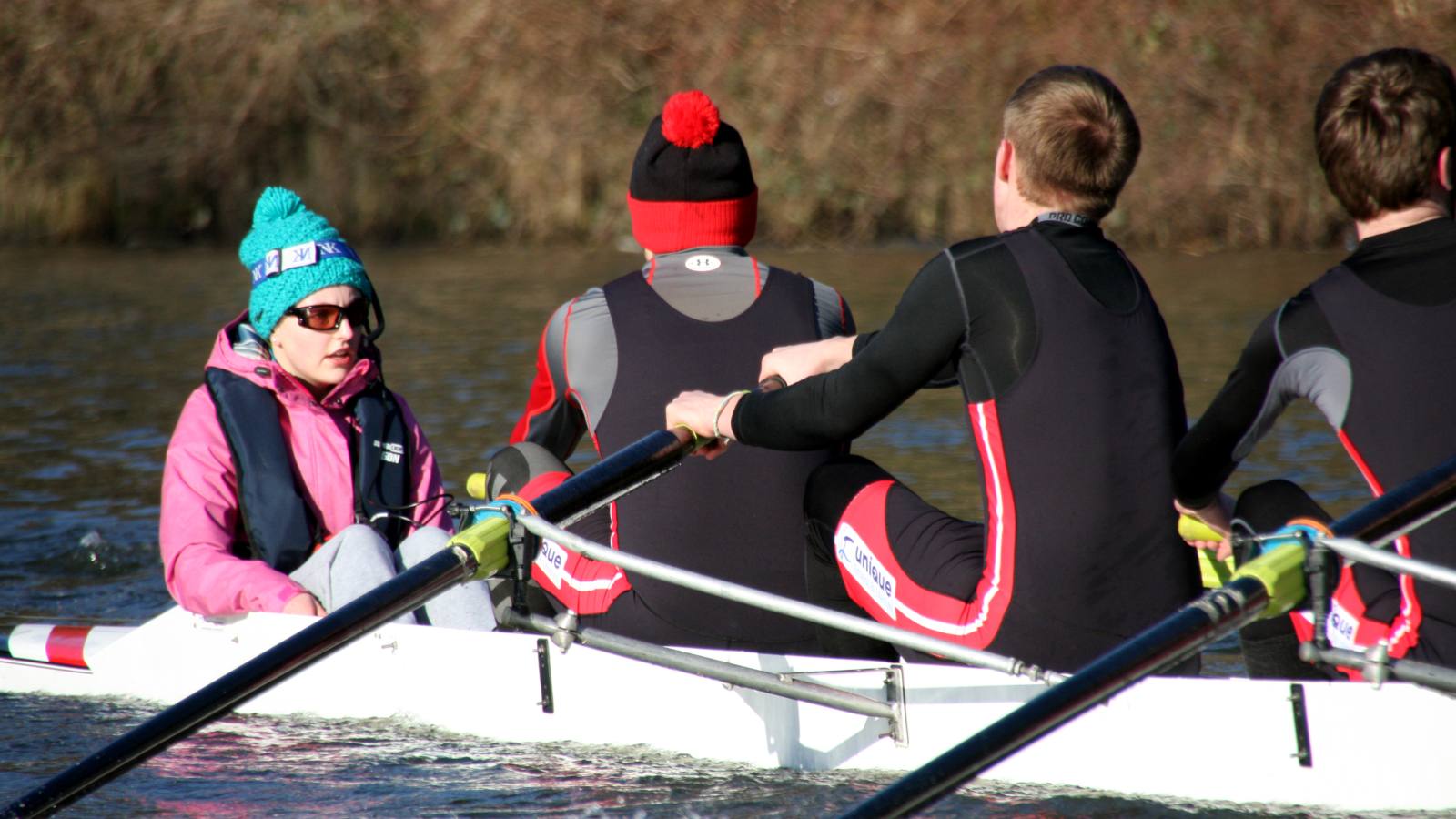
Durham Small Boats Head (c) James Andrews
Mileage makes champions is a common phrase used amongst coaches and scientists. Originally said by Steve Fairbairn, founder of the Head of the River Race, the influential coach was a strong believer in the benefits of high-volume training.
However, the effectiveness of different training models has been disputed for decades. It was only in the early noughties that researchers initiated attempts to determine empirical evidence around how to optimise the two key training parameters – training volume and training intensity. So what did they find and how does this affect you?
1 – Training volume
It is well recognised within the research that, up to a point, greater training volume is associated with greater endurance performance. While for many recreational athletes work, school and other life commitments determine overall training volume, significant performance gains can be achieved by simply doing more. If you are restricted by time then why not increase the volume by incorporating training as part of your day-to-day routine i.e. cycling to work/university.
2 – Training intensity and polarised training
In the early noughties Stephen Seiler completed a substantial amount of research investigating the training intensity distribution of elite athletes. He found a consistent pattern between the training characteristics of elite endurance athletes from cycling, rowing and cross-country skiing. Their training followed a similar intensity distribution with approximately 80% of sessions performed at low intensity (<2mmol/L of lactate – less than 2 millimoles per litre of blood) and about 20% performed at moderate to high-intensity (>4mmol/L lactate). This approach of training is known as polarised training.
The polarised model
While the polarised model allows for sufficient stress and recovery and can maximise adaptation, mastering it isn’t easy and getting it wrong can be costly.
Completing ‘easy’ sessions too hard may result in high levels of fatigue which may inhibit your ability to train ‘hard’ during high intensity sessions. This mistake may leave you completing the bulk of your training in the ‘moderate’ intensity domain, leaving you unnecessarily fatigued with smaller relative gains in fitness.
The polarised model allows for sufficient stress and recovery and can maximise adaptation
Recreational athletes often spend a much smaller percentage of their time training at low intensity and a much greater proportion at moderate to high intensity, attempting to make up for their lower training volume by training harder when they do train. In some cases this may be beneficial – i.e. if you are completing one to two sessions per week. But if you train more frequently, perhaps four to five times a week, you may be able to get more out of yourself by training smarter.
Read the research
Does polarized training improve performance in recreational runners? Int J Sports Physiol Perform 2014 March 9: 265-72 by Muñoz L, Seiler S, Bautista J et al. Read the research here.
In a group of recreational runners (who completed about 35 miles per week), Muñoz et al (2014) found that despite completing a similar training mileage, their 10km race time improved more in the group completing a polarised training model versus a more intense threshold model. The improvement was 5% compared with 3.6% respectively.
The polarised training model offers great insight into the training characteristics of elite athletes. For recreational athletes, without as much time to train, there are obvious differences in performance aims and training loads to consider. However by training smarter and more methodically you should begin to see improvements in your performance.
This article was originally published in Rowing & Regatta magazine. Find out more about the magazine here.




